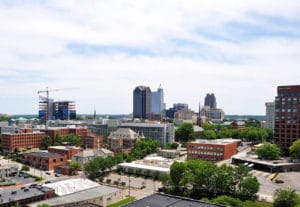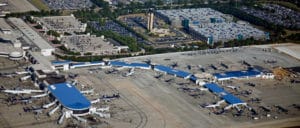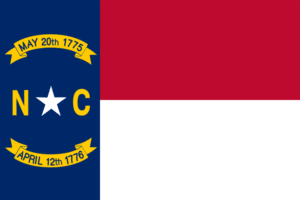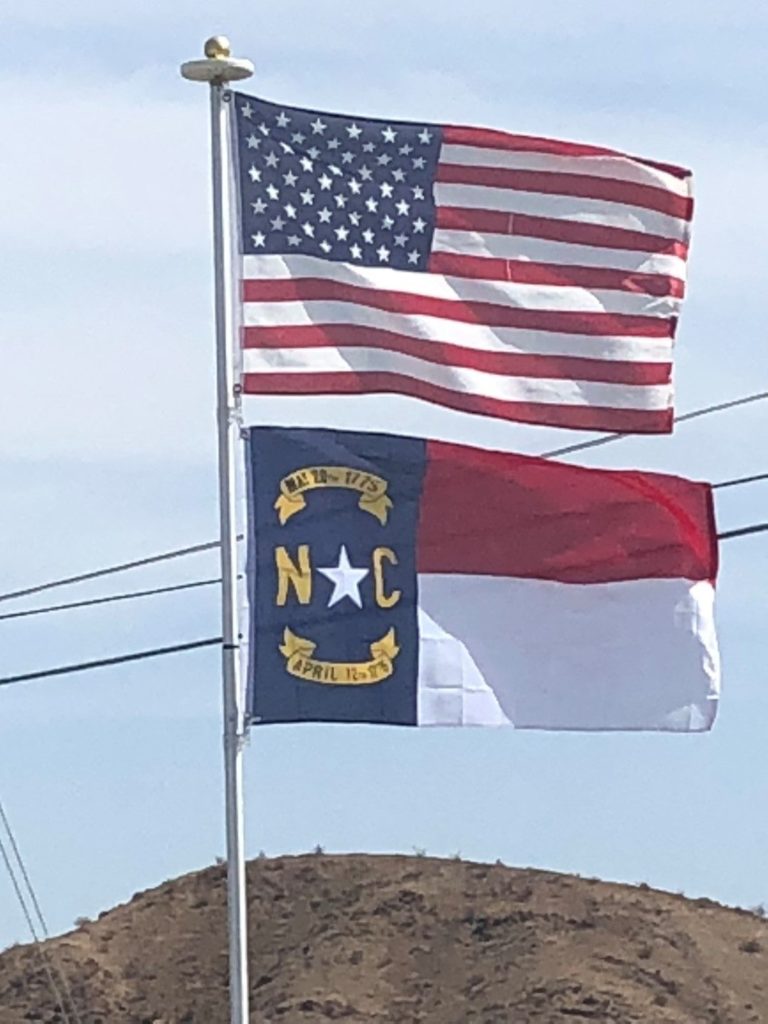
North Carolina is the leading U.S. state in production of flue-cured tobacco and sweet potatoes, and comes second in the farming of pigs and hogs, trout, and turkeys. North Carolina also ranked second in the production of Christmas trees.
While North Carolina’s urban areas have enjoyed a prosperous economy with steady job growth, low unemployment, and rising wages, many of the state’s rural counties have suffered from job loss, rising levels of poverty, and population loss as their manufacturing base has declined.
Transportation:
Transportation systems in North Carolina consist of air, water, road, rail, and public transportation including intercity rail via Amtrak and light rail in Charlotte. North Carolina has the second-largest state highway system in the country as well as the largest ferry system on the east coast.
North Carolina’s airports serve destinations throughout the United States and international destinations in Canada, Europe, Central America, and the Caribbean. In 2013 Charlotte Douglas International Airport ranked as the 23rd busiest airport in the world.

North Carolina has a growing passenger rail system with Amtrak serving most major cities. Charlotte is also home to North Carolina’s only light rail system known as the Lynx.
The Flag:
The flag of the state of North Carolina is defined by law as follows:

That the flag of North Carolina shall consist of a blue union, containing in the center thereof a white star with the letter “N” in gilt on the left and the letter “C” in gilt on the right of said star, the circle containing the same to be one-third the width of the union. The fly of the flag shall consist of two equally proportioned bars; the upper bar to be red, the lower bar to be white; that the length of the bars horizontally shall be equal to the perpendicular length of the union, and the total length of the flag shall be one-third more than its width. That above the star in the center of the union there shall be a gilt scroll in semi-circular form, containing in black letters this inscription “May 20th 1775,” and that below the star there shall be a similar scroll containing in black letters the inscription: “April 12th 1776”. It bears the dates of the Mecklenburg Declaration of Independence (May 20, 1775) and of the Halifax Resolves (April 12, 1776), documents that place North Carolina at the forefront of the American independence movement. Both dates also appear on the Great Seal of North Carolina.
The State Nickname – The Tar Heel State:
Most historians agree that the nickname stems from North Carolina’s long history as a producer of naval stores such as tar, pitch, rosin and turpentine manufactured from the state’s extensive pine forests. North Carolina was a world leader in naval stores production from about 1720 to 1870.
An anecdotal validation of the state nickname dates from the Civil War. In battle the soldiers of North Carolina stuck to their bloody work as if they had tar on their heels, and when General Lee said, “God bless the Tar-heel boys,” they took the name. However, there is no direct proof that Robert E. Lee ever spoke in such a fashion.
